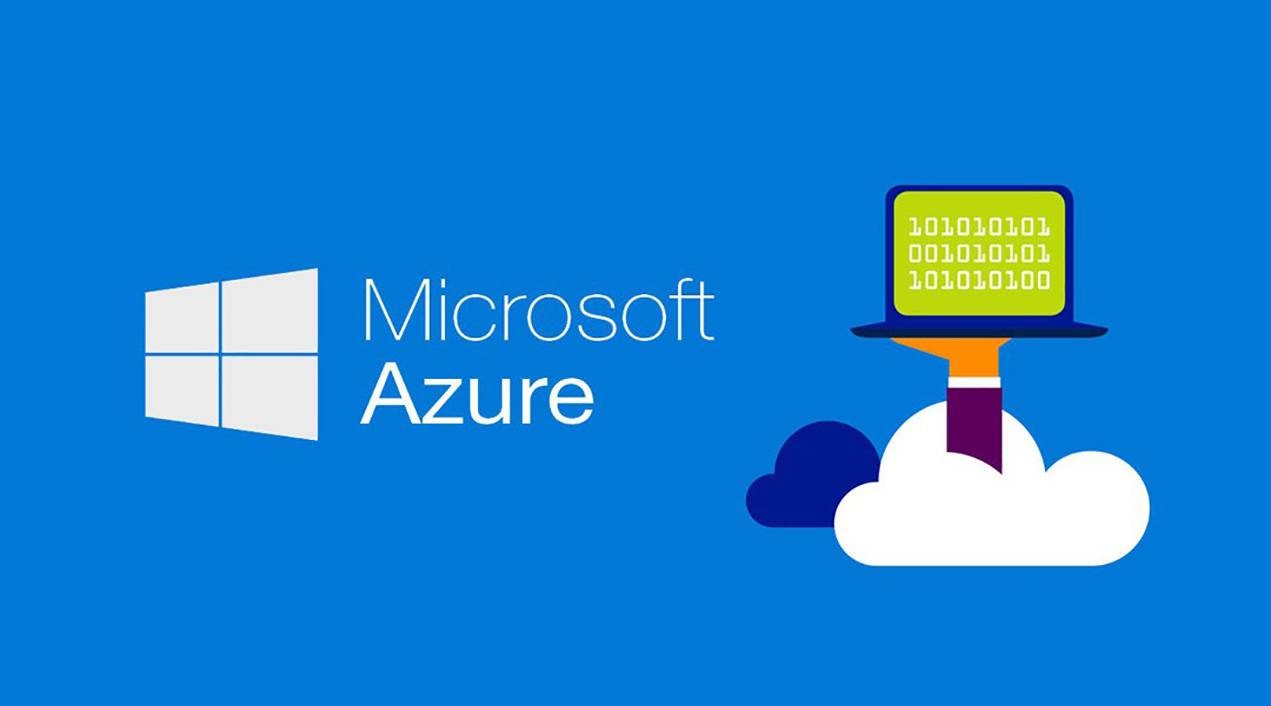Introduction to Azure Data Factory (ADF)
Azure Data Factory (ADF) is a fully managed, serverless data integration solution provided by Microsoft. It empowers organizations to ingest, prepare, and transform data at scale. Whether you’re dealing with on-premises databases, cloud storage, or Software-as-a-Service (SaaS) applications, ADF simplifies the process of moving and transforming data.
Key Features of Azure Data Factory
1. Simplified Data Integration
ADF enables seamless data integration across various sources. Whether your data resides in SQL databases, Azure Blob Storage, Amazon S3, or other platforms, ADF provides connectors to facilitate smooth data movement. The best part? You don’t need to worry about additional licensing costs for connecting to different data stores.
2. Practical Use Cases
- Data Engineering: ADF supports data engineering tasks, allowing you to process and transform data efficiently. Create data pipelines that handle complex ETL (Extract, Transform, Load) processes.
- SSIS Migration: If you have existing SQL Server Integration Services (SSIS) packages for on-premises data integration, you can lift and shift them to ADF. This compatibility ensures a smooth transition to the cloud.
- Operational Data Integration: ADF facilitates real-time data integration for operational purposes. Whether it’s monitoring IoT devices, ingesting logs, or synchronizing data between applications, ADF has you covered.
- Analytics: Prepare data for analytics and reporting. ADF can transform raw data into a format suitable for business intelligence tools like Power BI or Azure Synapse Analytics.
- Data Warehousing: Ingest data into data warehouses such as Azure Synapse Analytics or Snowflake.
3. Enterprise-Grade Connectors
ADF provides a wide range of connectors to popular data sources. These connectors allow you to seamlessly copy data between systems. Some examples include:
- Microsoft Dynamics 365: Integrate customer relationship management (CRM) data.
- Salesforce: Access and synchronize data from Salesforce.
- Google AdWords: Retrieve advertising campaign metrics.
- Marketo: Connect to your marketing automation platform.
4. Serverless and Managed
ADF is fully managed by Microsoft. You don’t need to worry about infrastructure provisioning, scaling, or maintenance. It automatically scales based on your workload, ensuring optimal performance without manual intervention.
5. Visual Authoring for Productivity
Designing data pipelines in ADF is a breeze. The visual interface allows you to create, modify, and monitor pipelines without writing code. Drag-and-drop activities, define dependencies, and orchestrate data workflows effortlessly.
6. Monitoring and Management Made Easy
Monitor your data pipelines using ADF’s built-in monitoring features. Track execution status, diagnose issues, and set up alerts. The centralized dashboard provides visibility into pipeline performance.
7. Compatibility with SSIS
If you’re migrating from on-premises SSIS, ADF offers compatibility. You can run existing SSIS packages in ADF and leveraging your existing investments while benefiting from cloud scalability.
Getting Started with Azure Data Factory
- Create an ADF Instance: Set up an Azure Data Factory instance in your Azure subscription.
- Author Data Pipelines: Use the visual interface to create data pipelines. Define source and destination connections, add activities, and configure transformations.
- Debug and Monitor: Test your pipelines and monitor their execution. Address any issues promptly.
- Scale as Needed: ADF automatically scales based on your data volume and processing requirements.
Remember, this is a comprehensive beginner’s guide only. ADF should empowers you to manage data workflows efficiently. Explore its capabilities and start building your data pipelines today!

